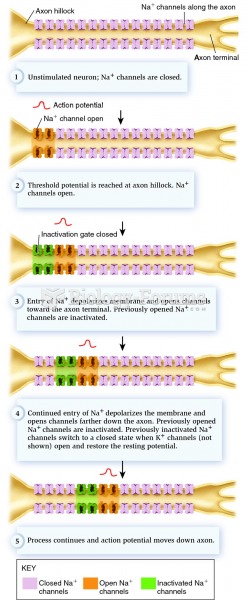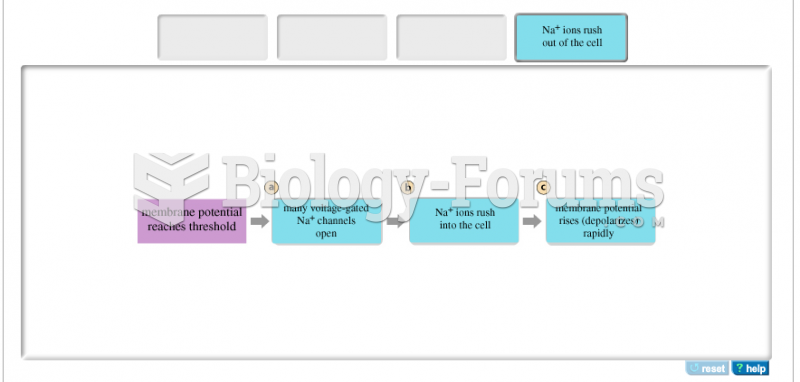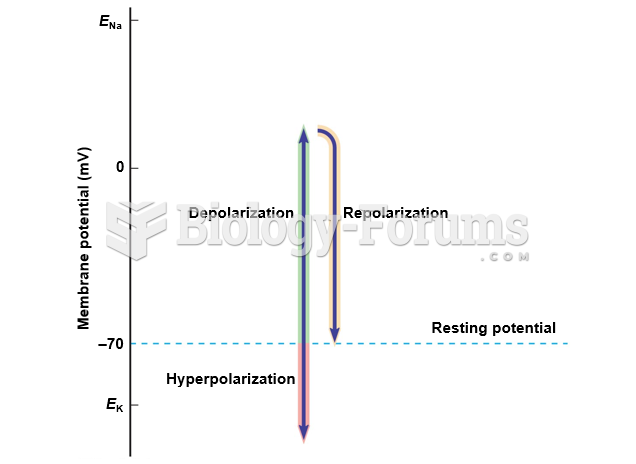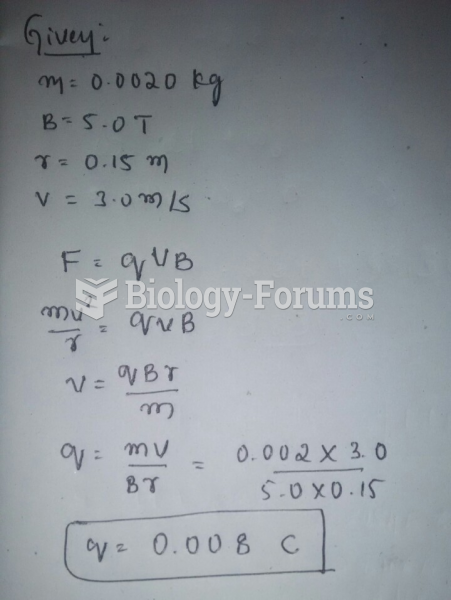This topic contains a solution. Click here to go to the answer
|
|
|
Did you know?
The average adult has about 21 square feet of skin.
Did you know?
Vaccines prevent between 2.5 and 4 million deaths every year.
Did you know?
There are more sensory neurons in the tongue than in any other part of the body.
Did you know?
Though Candida and Aspergillus species are the most common fungal pathogens causing invasive fungal disease in the immunocompromised, infections due to previously uncommon hyaline and dematiaceous filamentous fungi are occurring more often today. Rare fungal infections, once accurately diagnosed, may require surgical debridement, immunotherapy, and newer antifungals used singly or in combination with older antifungals, on a case-by-case basis.
Did you know?
Human stomach acid is strong enough to dissolve small pieces of metal such as razor blades or staples.







